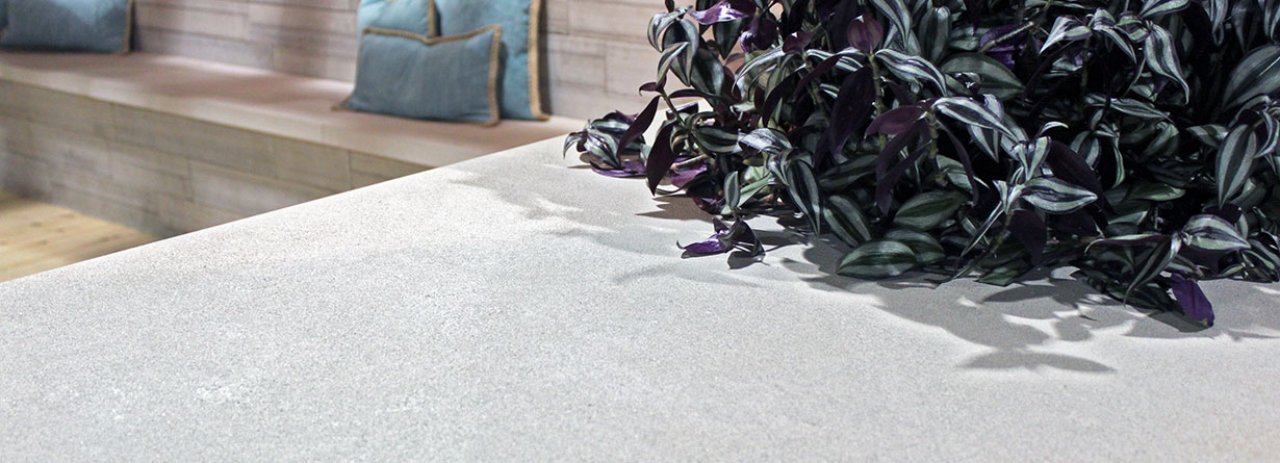Blog
7 simple ways to keep Indiana Limestone looking its best

For more than 200 years, Indiana Limestone has been a popular material for building and landscaping projects due to its high quality and consistent colour that improves with age. As with any building material, careless handling or incorrect installation can cause surface damage, stains and unhappy customers. Follow-up visits for repairs and replacement can quickly cost you more than you made on the original job.
The following simple guidelines will help preserve Indiana Limestone's natural beauty, prevent costly rework and ensure your customers love their project for many years to come.
Indiana Limestone is a porous material and will absorb colouration from its surroundings. Soil, fertilizer, polymeric sand and other materials can cause stains on the surface of the stone. Before installation, keep stone on pallets and cover loosely with a tarp, if necessary, to protect it from dirt, grease and construction traffic on the job site.
During installation, use Federal White Type N masonry cement only. Other mortars can cause a chemical reaction that permanently stains the stone. Once stained, the only remedy is to remove and replace the stone and mortar, which can easily eat up any profit you made from that job.
Moisture, carrying salts and other soluble minerals picked up from the subgrade, can wick through the stone and stain its surface. When Indiana Limestone is used at or below grade (in pavements or retaining walls, for example), all unexposed surfaces should be dampproofed to prevent water wicking. Separate the stone from adjoining base and backfill materials with a waterproof material such as Blueskin, 6 mm poly or rigid insulation.
Ensure adequate slope and drainage to prevent water from standing on the stone.
It is not recommended that Indiana Limestone be used immediately next to soil. To prevent discolouration, always install a waterproof barrier (like slate) between the stone and soil, and ensure runoff drains away from the stone.
When installing railings or other metal components, use non-rusting metals.
Small chips and scratches can often be removed with a light sanding. Large chips can be glued back into place with a high-strength waterproof adhesive. Fill the voids with an approved Indiana Limestone patch solution or make your own by mixing Type N mortar with Indiana Limestone dust. Sand smooth.
Installed properly, Indiana Limestone is a beautiful and timeless addition to any home or landscape. Following these simple care and installation guidelines will help ensure great-looking projects - and happy customers - for years to come.
Want to share these pointers with your crew members? Download Indiana Limestone: Care & Installation Guidelines from our Resources page.